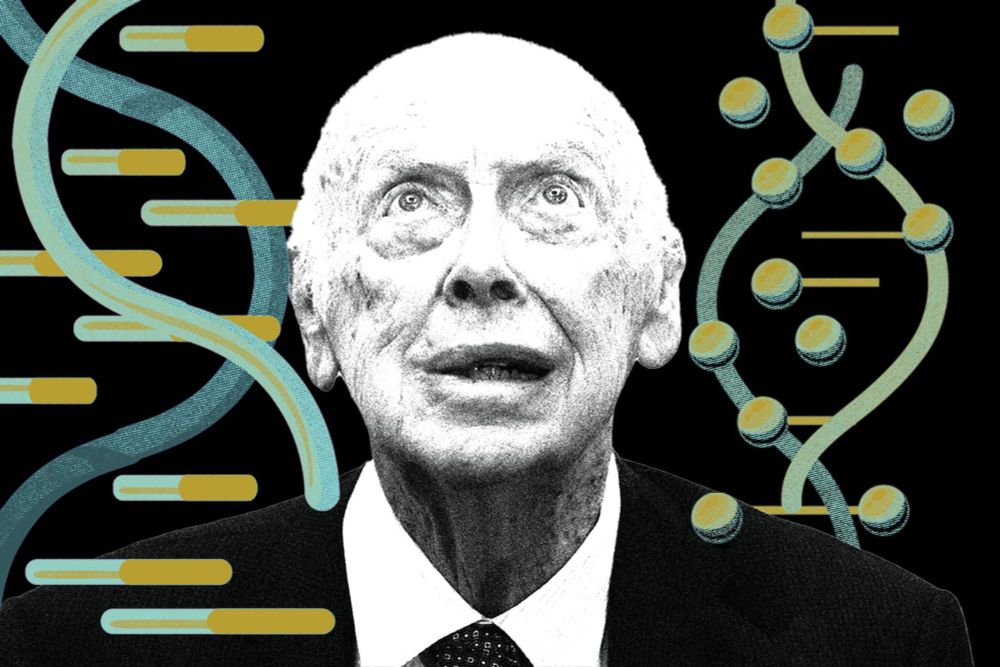
I think it’s quite telling that, by the only means we have to verify Metas election collaborations results… we can’t confirm their claims of little to no effect.
I think it’s quite telling that, by the only means we have to verify Metas election collaborations results… we can’t confirm their claims of little to no effect.
#metascience
#metascience
www.whitehouse.gov/presidential...



www.reuters.com/sustainabili...

www.reuters.com/sustainabili...

www.reuters.com/sustainabili...
Paper of the year.
www.science.org/doi/10.1126/...

Paper of the year.
www.science.org/doi/10.1126/...
Two of my favorites so far when going through the books… it’s January still by LSH and River Clay by EH.



Two of my favorites so far when going through the books… it’s January still by LSH and River Clay by EH.
p-hacking
research misconduct
fraud
something else?
H/t @princetoncitp.bsky.social
spia.princeton.edu/events/citp-...

H/t @princetoncitp.bsky.social
spia.princeton.edu/events/citp-...
www.pnas.org/doi/10.1073/...

www.pnas.org/doi/10.1073/...
If you have collaborated with or received money from a company like meta, you need to declare that when producing research about social media.
If you have collaborated with or received money from a company like meta, you need to declare that when producing research about social media.
By the great Sohini Ramachandran (@sramach.bsky.social) and your boy for The Boston Globe (@bostonglobe.com).
www.bostonglobe.com/2025/11/14/o...

By the great Sohini Ramachandran (@sramach.bsky.social) and your boy for The Boston Globe (@bostonglobe.com).
www.bostonglobe.com/2025/11/14/o...

By the great Sohini Ramachandran (@sramach.bsky.social) and your boy for The Boston Globe (@bostonglobe.com).
www.bostonglobe.com/2025/11/14/o...


But @sramach.bsky.social and @cbo.bsky.social kept their eye on the ball.
By the great Sohini Ramachandran (@sramach.bsky.social) and your boy for The Boston Globe (@bostonglobe.com).
www.bostonglobe.com/2025/11/14/o...

But @sramach.bsky.social and @cbo.bsky.social kept their eye on the ball.
The "linear" is linear regression means "linear in the parameters".
It does not mean "can only fit straight lines", and things like polynomials and splines can be included in linear models.
online.stat.psu.edu/stat501/less...
1/2




